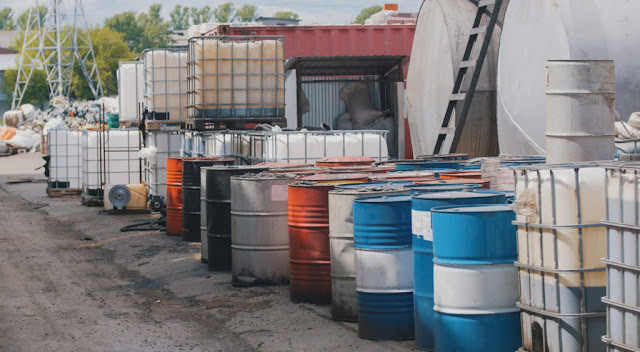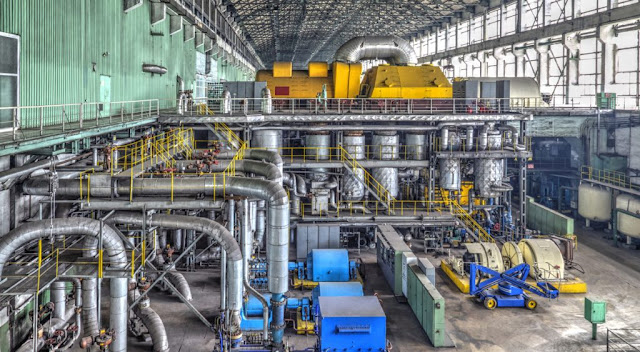What Does Property Risk Assessment Entail? And How is it Related to Asbestos Risk Assessment?
As the market is currently booming for real estate growth and the stock market is going strong, more and more people are thinking of investing in real estate. This is why it has also become common for sellers to pin off the unsavory property on people who do not have any knowledge of property risk assessment and what it involves.
Property risk assessment is important because it helps you see what you are buying. Thus, it can help you determine the value of the building and see for yourself if what you are investing in it is worth it. Moreover, it can reveal how much asbestos risk assessment is needed, especially if it is meant to be an office building.
Therefore, property risk assessment helps in the detection of both avoidable and unavoidable risks that might cause harm to property as well as the health of the people living in the facility. To that end, you need to know what exactly the process involves so that you can make the best decision for your finances, your future, your investment and also for the health of the people who will be living in the building.
How is The Property Risk Assessment Done?
There are 4 main steps that involve the risk assessment in a property.
- Keeping oneself aware of the potential hazards: You should know that there are about 29 known hazards in terms of property. You must familiarize yourself with the potential deficiencies that cause hazards. Some of these deficiencies can be found in the presence of asbestos, biocides, carbon monoxide in the building material, crowding, electrical risk, excess cold, theft, the safety of food, hygiene, radon gas, structural collapse, etc.
- Property Survey: One must start with the inspection of the property to check any risk alerts. If the latter is found, you or the hired professional must act on remediating the whole situation. Asbestos assessment Melbourne believes in making a note of any deficiencies that can cause a potential hazard.
- Assessing the risk: The hazard causing risk can be classified into three categories, namely, high priority, medium priority, and low priority. The scores of risk alerts drive the expert or the person to take the remedial action accordingly.
- Remedial work: After the identification of hazard causing problems, the next step is to find the most promising remedial action to solve it. One must research well to find the best solutions to the avoidable as well as unavoidable risks. For instance, if a gas is leaking, then replacing the cylinder is the best option. Once the problem is solved, phase one starts again, as and when needed.
However, this isn’t just a responsibility. It is an obligation, to put a finger on the risk matrix and separate the acceptable risk from a dangerous fun. A high-risk situation may be reduced by taking the following steps-
- Identifying the options to treat the risk
- Selecting the best treatment for the problem
- Preparing a plan to treat it
- Implementing the same
Under a high-risk situation, it is advisable to get professional help to treat the risk alerts, from time-to-time.
ACA Australia is a risk consultancy firm which specializes in providing advice and services in the areas of property risk and assessment. The services of this firm are available across various cities in Australia, such as Melbourne, Sydney, and Brisbane. You can make your appointment with them via phone, email, or website.




Comments
Post a Comment